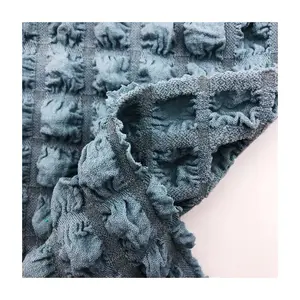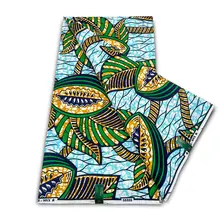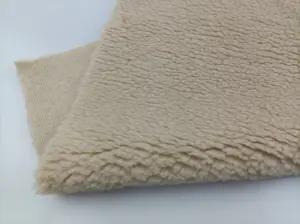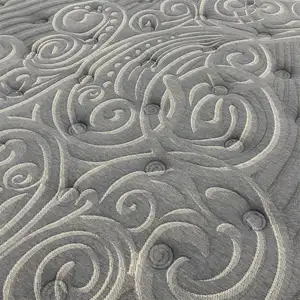Sherpa fabric is a soft, plush material known for its warmth and comfort. Originally inspired by the wool-lined clothing worn by Sherpa people in the Himalayas, this fabric is now widely used in various textile products due to its insulating properties. It consists of a soft polyester or cotton base with either a synthetic or natural fiber pile that resembles sheep's wool, providing a luxurious feel and exceptional warmth. White Sherpa fabric is highly popular in the textile industry for manufacturing cozy blankets, jackets, hats, and other cold-weather clothing items. It caters to individuals seeking warmth and comfort in their clothing, outdoor gear, and home accessories.
Materials used to make Sherpa fabric
Green Sherpa fabric is crafted from a combination of materials to achieve its characteristic softness and warmth. The base of the fabric is commonly made from polyester or cotton, providing durability and structure to the textile. The distinctive feature of faux sherpa fabric lies in its pile, which imitates the texture of sheep's wool. Traditionally, the pile was made from natural wool fibers, but modern sherpa fabric often uses synthetic fibers like polyester or acrylic to mimic the look and feel of wool while offering durability and ease of care. These synthetic fibers are woven or knitted into the fabric base to create the soft, fluffy texture associated with sherpa.
Types of Sherpa fabric
Sherpa fabric comes in various types, each offering distinct textures and functionalities suitable for different applications. Standard sherpa fabric consists of a soft, thick pile on one side, often used for cozy blankets, jackets, and apparel linings, providing excellent insulation. Double-sided sherpa fabric features a fluffy pile on both sides, enhancing its warmth and plushness, ideal for reversible clothing items or blankets. Sherpa fleece fabric incorporates a fleece backing, combining the warmth of sherpa with the moisture-wicking properties of fleece, suitable for outerwear and winter accessories.
How to care for Sherpa fabric?
Always check the care label for specific instructions, as different blends may have varying care requirements. Typically, brown sherpa fabric should be machine-washed in cold water with a gentle cycle to preserve its texture and avoid damage to the pile. Use a mild detergent and avoid fabric softeners, as they can leave residues that diminish the fabric's softness. Air-dry sherpa fabric by laying it flat to prevent matting or stretching of the fibers. Avoid exposure to high heat or direct sunlight, as excessive heat can cause the fabric to lose its softness and pill. Gently brush the black Sherpa fabric with a soft-bristled brush to fluff up the pile after drying. Following these care instructions will help maintain the plushness and coziness of sherpa fabric over time.
Benefits of using Sherpa fabric
Sherpa fabric offers numerous benefits that contribute to its popularity in various applications. Composed of synthetic fibers like polyester or acrylic, Sherpa is known for its softness, warmth, and lightweight nature. The fabric's unique texture, resembling the wool lining of traditional Sherpa clothing, provides a plush and comforting feel. Sherpa is highly insulating, making it an ideal choice for cold weather garments, blankets, and outerwear, ensuring optimal heat retention. Additionally, Sherpa fabric is durable and resistant to pilling, maintaining its aesthetic appeal even with regular use. Its versatility extends to home décor items, ensuring that furniture, cushions, and throws made from Sherpa fabric not only provide comfort but also add a touch of luxury and warmth to living spaces.





































 浙公网安备 33010002000092号
浙公网安备 33010002000092号 浙B2-20120091-4
浙B2-20120091-4